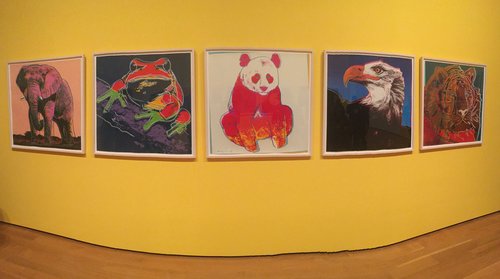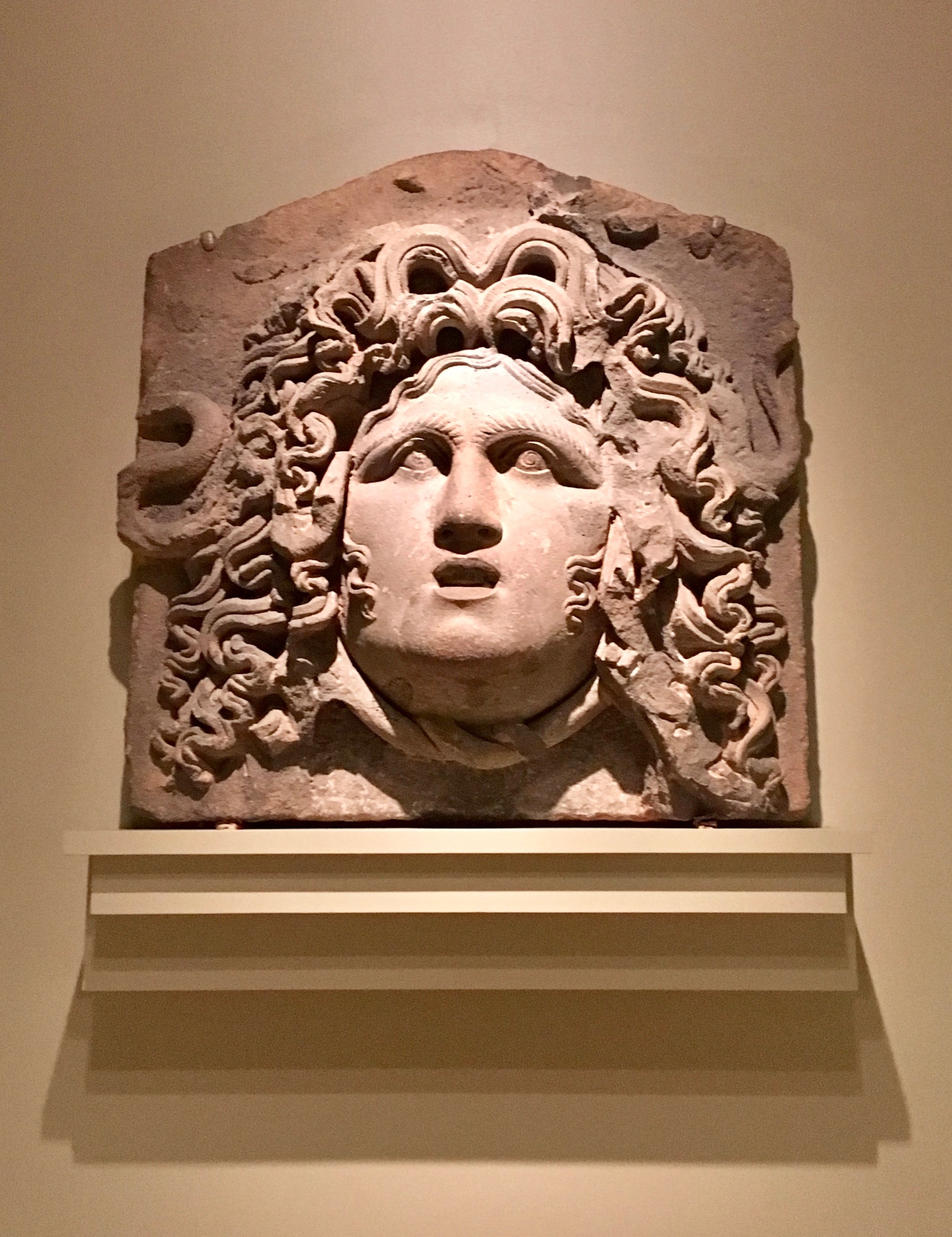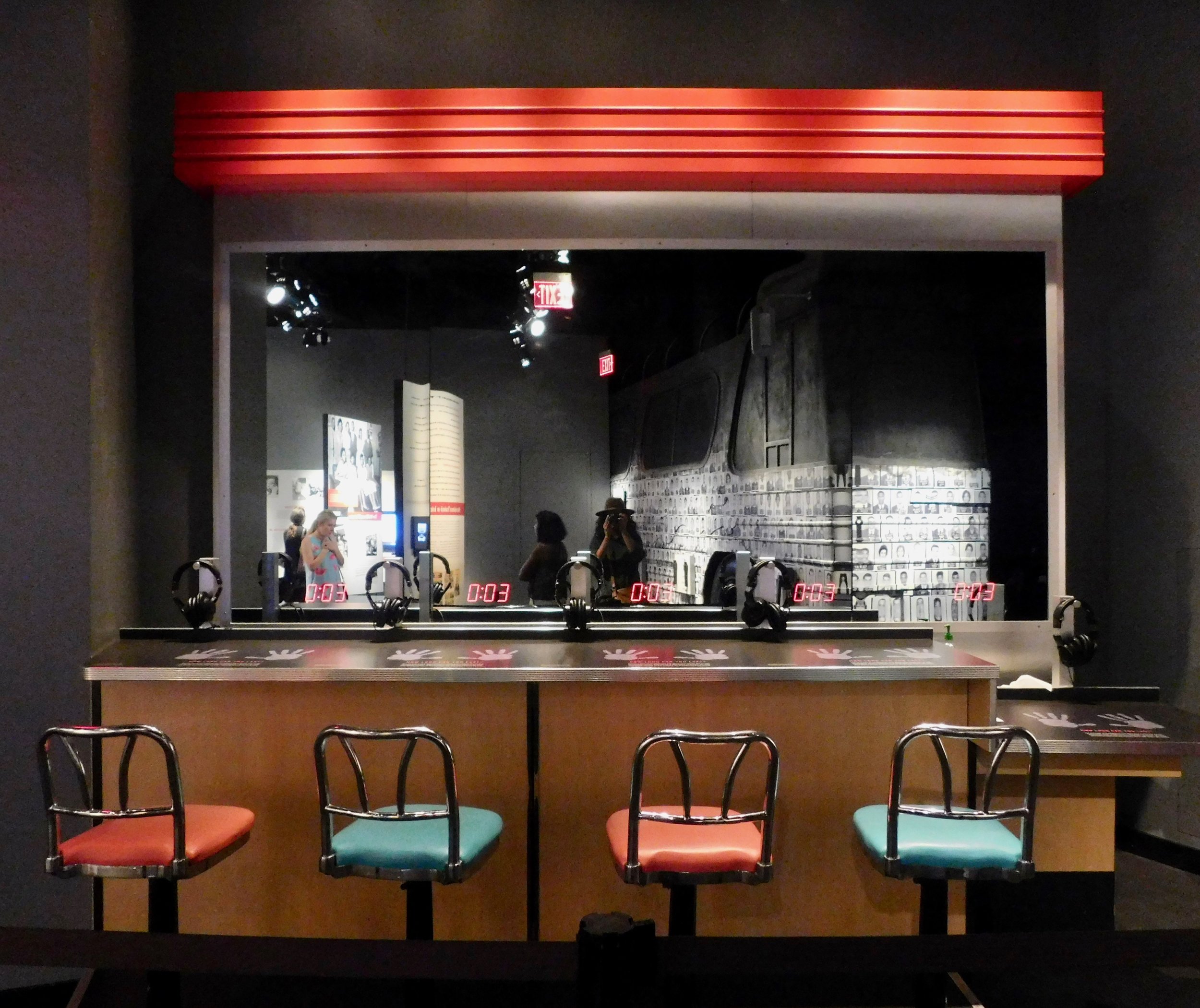Defined By Three Exhibits: Dinah Explores Atlanta’s Museum Scene
Last week on our podcast we featured design expert Korry Richards and his brand, Defined By Three - who we were, who we are, and who we want to be.
I joked that the podcast was defined by three because we have three hosts, but once I had time to think more about it I started seeing three in everything. It just so happens that over the last 3 months I went to 3 museums in Atlanta, and although I’d written briefly about them all I hadn’t found a way to tie the 3 experiences together until Korry’s idea sunk in.
(Go back and drink every time you read “three".)
WHO I WAS
The Andy Warhol Exhibit at The High Museum
The High Museum is arguably Atlanta’s most famous museum. This year its feature exhibit was Andy Warhol: Prints From the Collections of Jordan D Schitzner and the Family Foundation.
From June 3rd to September 10th, 2017, the High displayed over 250 works of art by the late phenomenon. The mix of vibrant color, daring fashion, unexpected debauchery, and excessive fame in Warhol’s work was refreshingly overwhelming to the senses. Perhaps most intriguing was the constant reminder of Warhol’s 1968 proclamation that “in the future everybody will be famous for fifteen minutes”.
On a deeper level, Warhol’s repetitive depictions of celebrities like Marilyn Monroe and consumer goods like Coca-Cola were an uncomfortable, but entirely not unwelcomed, reminder of the life of excess and distraction I used to live. Like many in our generation, I grew up with successful parents who went a little overboard with material rewards because they grew with so little. I don’t blame them of course, because they were doing what they believed was giving me a better life. However I did develop a strong affinity for material things early on and it still takes work to break those habits to this day.
“They always say time changes things, but you actually have to change them yourself. ”
WHO I AM
The Threads of Time at the Michael C. Carlos Museum
I visited the Michael C. Carlos Museum on the Emory University campus to check out the Threads of Time: Tradition and Change in Indigenous American Textiles exhibit (open now through Dec. 17th). The histories of Mayan, Andean, Incan, and Quechuan textiles are told through hundreds of works of art constructed through painstaking measures with incredible attention to detail, knowledge of culture and society, and love for ancestral history. If you’re in Atlanta the cost of admission is only $8 and the museum also houses ancient artifacts from Egypt, Africa, and Asia. The entrance is like a scene from The Mummy and you can take pictures down on the first floor if you wish to bother the dead, which I did. (Photos aren't allowed in the Threads of Time exhibit on the 3rd floor.)
My favorite pieces from the Threads of Time exhibit were the huipils - traditional blouses worn by indigenous women from Mexico and central South America. Original huipils (pronounced wee-peels) were woven on a backstrap loom to look like 3 large panels of fabric decorated with symbols and colors of cultural and class significance. My first thought was ok how can I get to Guatemala to buy an authentic huipil? My second thought was, girl go sit down! It’s ok to love and admire from afar without needing to take. Instead I decided to research more about their history. Naturally, the second google result after Wikipedia is a online retail shop called EverMaya run by two Americans who’s mission statement is "to bring the colors, culture, and artisanship of Guatemala into your home. To enhance your style palette”.
It may be a small feat, but I walked away glad I’ve learned to check myself more frequently now, because the Andy Warhol Exhibit me would have bought one without thinking twice. I’m also glad I’m no longer surprised by white people or the EverMaya thing would have been much more frustrating.
Note: If you’re looking for cultural studies books they have an excellent selection in their shop.
WHO I WANT TO BE
The City Too Busy Too Hate & The National Center for Civil and Human Rights
The National Center for Civil and Human Rights in downtown Atlanta is nestled between the Coca Cola Factory and the Georgia Aquarium. I was sad to see the center had the least amount of tourists in line to buy tickets. While the other two attractions are both highly famous in their own rights, the current climate calls for us all to educate ourselves as much as possible on civil and human rights.
The world renowned museum opens with the end of segregation and continues to chronicle the dark but often glorious history of the civil rights movement of the 50’s and 60’s through the death of Martin Luther King JR. Interactive displays — the counter top where you put on headphones to experience what it’s like during a sit in having a room of racists yelling and banging in your ear, or the old television sets stacked high and broadcasting old footage from the news during some of the era’s worst moments —tremendously enhance the overall experience. You can even see Bull Connor’s actual office door, but good luck fighting the urge to kick it.
The center calls Atlanta “The City Too Busy To Hate” because the city's black population is so influential and so interwoven into its mainstream culture that it has no choice to be progressive. While I found this slightly problematic because it should be based on humanity, I can also look for the silver lining and meet the city where it is. I appreciate the fact that Atlanta is one of the best cities for up and coming black creatives and professionals now more than ever. I feel more inspired than ever to contribute to the community and the culture, and I hope I can do so through the podcast and the Lemon Pepper Wet brand, whatever it may bring.









